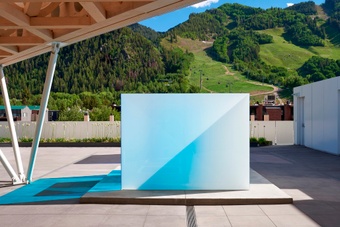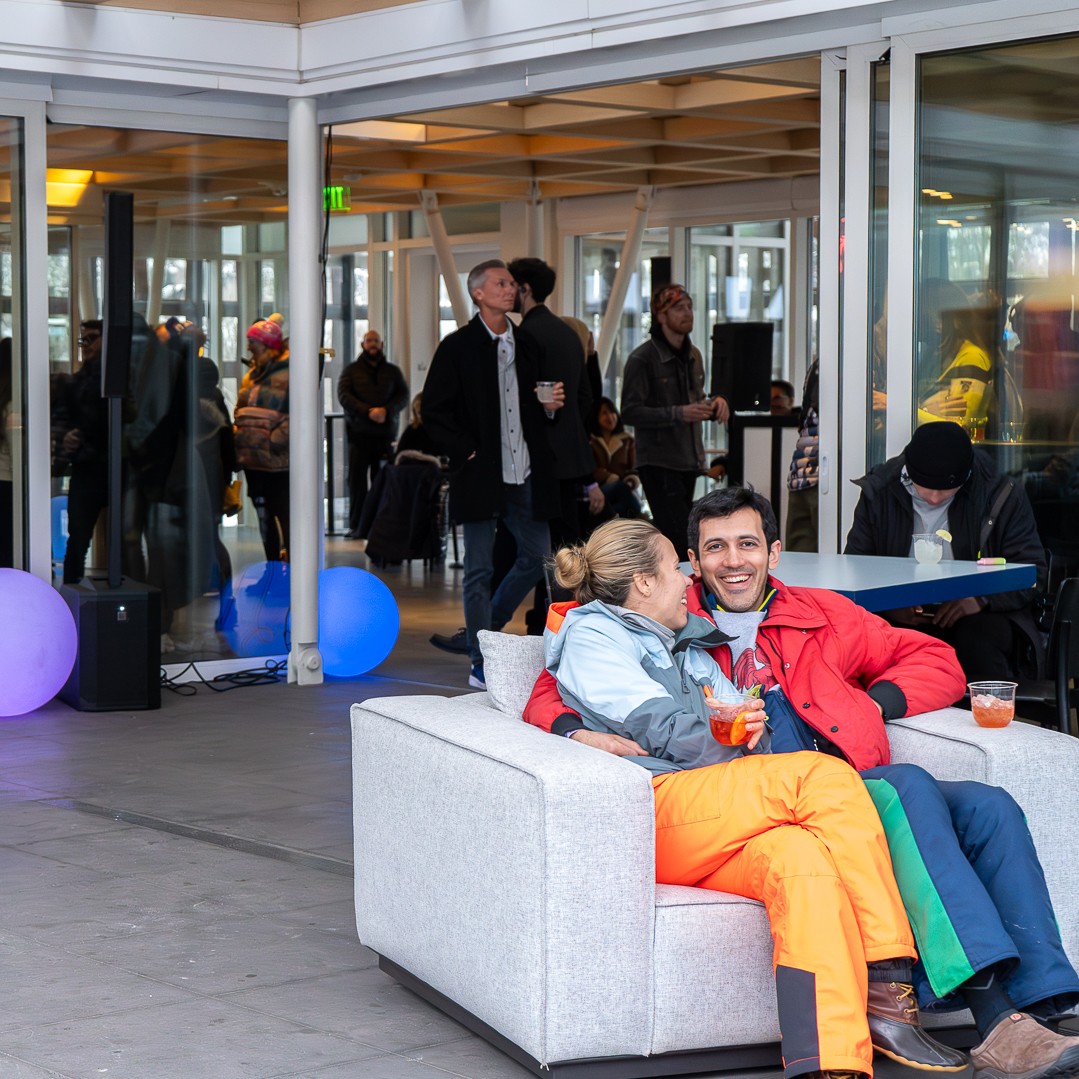Aspen Art Museum
- Join us on May 15 for engaging presentations by our esteemed 2024 Artist Fellowship recipients!
- Categories
- All events
- Talks and Lectures
- Member Events

- For more information on how you can join the AAM, please visit the Street Level Visitor Information Desk, inquire in the Shop, or call 970.925.8050.

- The Rooftop Café is committed to sharing real farm-to-fork experiences with the Roaring Fork Valley. Visit us today!

- Aspen Art Museum is an artist-founded institution dedicated to supporting artists in the development of bold ideas to shape our museum and the field of art today.
- Aspen Art Museum
- 637 East Hyman Avenue
- Aspen, CO 81611
- t: 970.925.8050
- f: 970.925.8054
- info@aspenartmuseum.org
- Admission to the AAM is free courtesy of Amy and John Phelan
- Hours
- Tuesday–Sunday, 10 AM–6 PM
- Closed Mondays
Mission
Vision
Values
Inquiry:
We are rigorous in our pursuit of new initiatives, challenging ideas, and vibrant discourse, committed to remaining self-reflective, dynamic, and flexible.
Immediacy:
We are responsive to the artists, audiences, and context in which, our institution exists, supporting the pressing discourse of our time and the implementation of its lasting impact. We believe that diversity is central to constructive change.
Innovation:
We honor our history as an artist-founded institution and Aspen’s legacy as a locus for ideas by investing in artists and thinkers to reinvent our museum and transform our field through focused ideation, collaboration, and leadership.
Early History
In 1976, a City of Aspen vote led to the acquisition and development of an out-of-use building at 590 North Mill Street that became the Aspen Art Museum’s first home until 2014. Built in 1888, the Hunter Creek Power Plant first served the city’s silver mining operations while also enabling Aspen to be the first city west of the Mississippi to have streetlights powered by hydroelectric energy. Supporting a recommendation that an art space would offer the most creative and adaptive community service, the City assisted efforts to rehabilitate the disused structure. By November 1977, the Aspen Center for the Visual Arts (ACVA) was incorporated within the state of Colorado, and in August 1978, the ACVA board selected its first director, Philip Yenawine.
On June 16, 1979, the ACVA opened to the public with the inaugural exhibition American Portraits of the Sixties and Seventies, featuring works by Diane Arbus, Richard Avedon, Chuck Close, Willem de Kooning, Jasper Johns, Roy Lichtenstein, Robert Mapplethorpe, Claes Oldenburg, and Andy Warhol, among others.
The first year three years of programming featured a wide range of exhibitions, including one-person shows by artists such as Robert Rauschenberg. In 1984, the board approved a name change to the Aspen Art Museum (AAM) to better reflect its curatorial scope, established its AAM National Council, and became a nationally accredited institution through the American Association of Museums (now American Alliance of Museums).
Nancy and bob Magoon Director
Board of Trustees
Amnon Rodan, Co-President
Jamie Tisch, Vice President
Marcy Edelstein, Secretary
Sarah Arison
Sasha Bass
Barbara Bluhm-Kaul
Chris Brown
Janet Crown
Domenico De Sole
Bruce Etkin
Joe Felson
Christy Ferer
David Ganek
Steve Hansen
Toby Devan Lewis, In Memoriam
Nancy Magoon
Nicola Marcus
Susan Marx
Paul Pariser
John Phelan
Nancy Rogers
Gayle Stoffel
Mary Zlot
Director History
Philip Yenawine
1977–1982
Laurel Jones
1982–1986
Annette DiMeo Carlozzi
1986–1989
David Floria (Curator/Acting Director)
1989
Susan Jackson
1989–1990
Susie Hojel
1991–1992
Suzanne Farver
1992–1999
Mary Ann Igna (Interim Director)
1999–2000
Dean Sobel
2000–2005
Heidi Zuckerman
2005–2019
Awards
free courtesy
Amy & John Phelan
- Aspen Art Museum
- 637 East Hyman Avenue
- Aspen, Colorado 81611
- t: 970.925.8050
- f: 970.925.8054
- info@aspenartmuseum.org
| Hours |
|
Tuesday–Sunday, 10 AM–6 PM
Closed Mondays
|
© 2024 Aspen Art Museum
General operating support is provided by Colorado Creative Industries. CCI and its activities are made possible through an annual appropriation from the Colorado General Assembly and federal funds from the National Endowment for the Arts.



General operating support is provided by Colorado Creative Industries. CCI and its activities are made possible through an annual appropriation from the Colorado General Assembly and federal funds from the National Endowment for the Arts.








